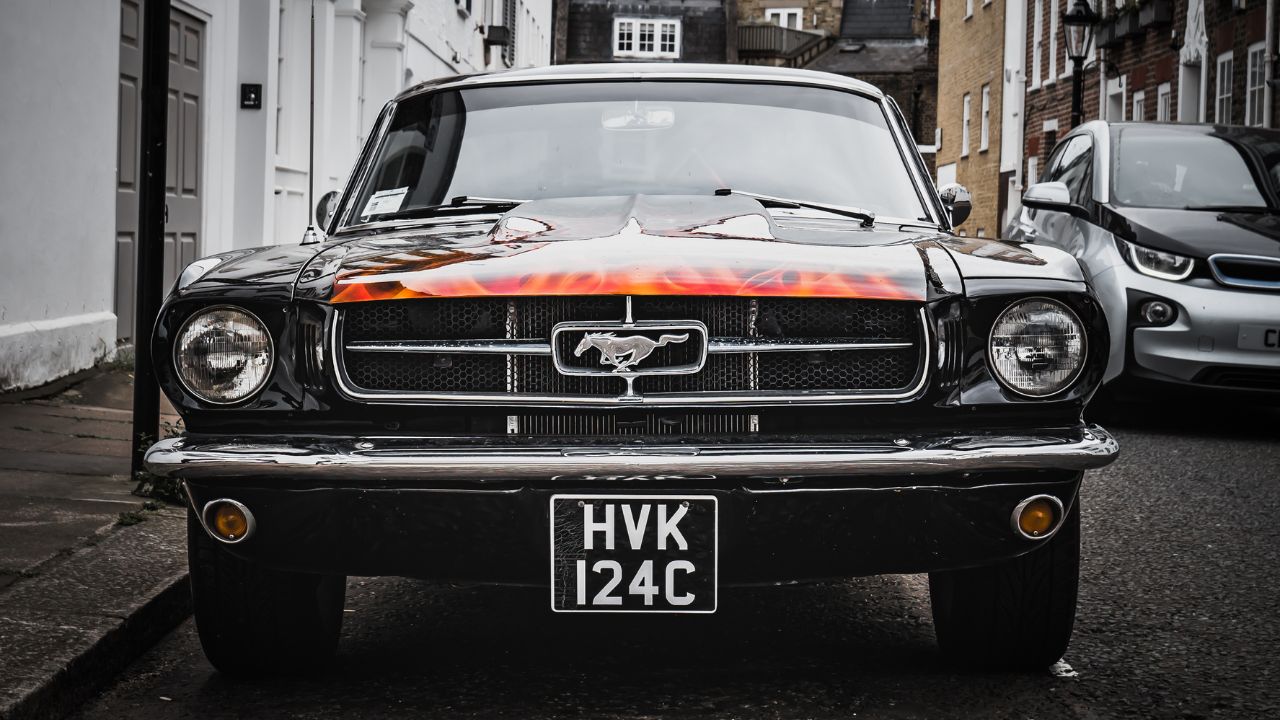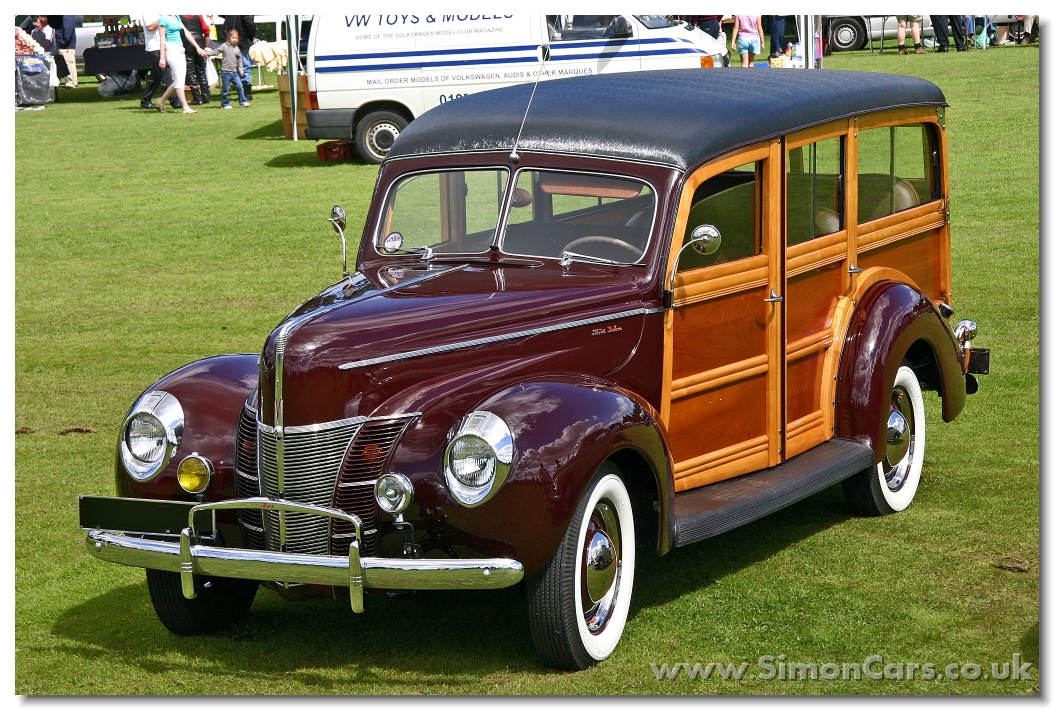
If you are in the market for the fastest Dodge cars on the market, then you have come to the right place. This article will talk about the Dodge Challenger Demon. Also, we'll be discussing the Dodge Charger SRT Hellcat Widebody. We also cover the Dodge Challenger SRT Hellcat Widebody. The Dodge Challenger RS is the fastest Dodge vehicle ever produced, along with other important features.
Dodge Challenger Demon
Dodge Challenger SRT Demon muscle cars are the most recent. This model boasts 840 horsepower and was designed to dominate drag racing. The Challenger SRT Demon produces the fastest car in its class, with a time of 2.2 seconds to go from zero to 60 mph and a quarter mile time of 9.65 seconds. The car comes standard with a single driver's chair, large fender flares, and larger tires. With 770 pound-feet, it has the best torque rating of any car on the market.
Dual keys are available for the Demon. The black key restricts horsepower to 500 horsepower and the red key unlocks the full race fuel of 840 horsepower. The Demon can complete a quarter-mile time in 9.65 seconds and is capable of lifting the front wheels off the ground. Because the Demon is intended to be a race car, it will be sold for under $100,000. It is expected to be one the most rare Challengers Dodge has ever built. The price is still unknown but it is expected to be below $100,000. To learn how to drive the car fast, buyers will receive a full session at Bob Bondurant’s School of High Performance Driving.

Dodge Charger SRT Hellcat Widebody
The Dodge Charger SRT Hellcat Widebody 2020 Dodge Charger SRT Hellcat is a new version of the muscle car. Its supercharged HEMI V8 engine of 6.2-liter produces 707 horsepower, and 650 lb.ft. of torque. It's one of the most powerful sedans. Its handling is excellent for a car of this size. Its aggressive styling and widebody design make the Hellcat a desirable choice for anyone looking for a spirited performance.
The new model features bigger tires and 20-inch wheels. The shocks have been re-valved. It has a tuned suspension, and big Pirelli tires 305/35ZR20 tires. It can reach 196 mph, which is faster than the standard-bodied Charger SRT Hellcat. Dodge.com/Charger Hellcat Widebody has more information.
Dodge Challenger R/T SE 440 Six Pack
This 1970 Dodge Challenger R/T SE, 440-horsepower sedan has a beautiful Plum Crazy Purple colour scheme, a V-code engine of 440 horses and a manual gearbox. It's a true collector's car, and its restoration was done in show quality. This is Mopar at its best! This Challenger, which is listed at $32,500 today, is one of the most sought-after muscle cars on the market.
This car is available in a wide variety of trim levels, and is delivered in High Impact Plum Crazy (FC7). It was originally owned by the California-based previous owner. After spending about ten year in Florida, it was sold to a Wisconsin Dodge dealer. It features a raised-hood design with simulated scoops. It also features a woodgrain console with an overhead consolette. It features power disc brakes and an AM stereo with an 8-track speaker.

Dodge Challenger T/A
Dodge Challenger T/A, still the fastest Dodge car, is still in production. It boasts a powerful Hemi V-8, clever auto transmission, and unabashed retro styling. The interior features simple-to-reach controls, a legible gauge cluster, and easy-to-use controls. The Challenger features an 8.4-inch Uconnect with navigation, Apple CarPlay/Android Auto, and navigation. The power steering in the car isn't as responsive as that of its competitors and it's difficult to feel any feedback from the steering wheel. It is uncomfortable to drive the car on any surface other that a track.
The Challenger T/A comes in two different versions: the 5.7L and 6.4L. The Challenger lineup includes a 5.7-liter model below the SRT 392. The power figures are the same for both engine sizes, at 485 horsepower and 475 lb-ft of torque. The design is Hellcat-inspired. However, the Challenger T/A 6.4-liter engine is faster.
FAQ
How long does a good mechanic take?
You need to have years of experience and practice before you can become a master mechanic. Working under the guidance of a professional mechanic is the best way to learn how repair cars.
You will need to spend some time in a garage to learn as much about cars and mechanics as possible. You will need to read books on mechanical engineering and car design.
Auto school is also required.
It's important to start early. Do not wait to learn automotive technology. Get started now if you are interested in becoming a mechanic.
What length of an automotive course is it?
A three-year course in automotive is required.
The first year is dedicated to theory and learning about cars. The second year will be spent in practical training. Here you will learn how fix engines, drive and other mechanic jobs. The final year includes a placement at an auto shop. This gives you real-world experience fixing real problems.
Is it hard to be an apprentice mechanic?
It's not simple, but you can learn quickly and there are many avenues for advancement.
You will need patience and perseverance. You must also know how to fix cars, trucks, and motorcycles.
Customers and relatives can exert a lot on you. But you should never feel pressured into making decisions you aren't comfortable with.
This could be an excellent career choice for someone who enjoys fixing cars. It is a job you can get a decent salary for and help build your business.
But you may prefer another path. This is where you might be interested in becoming a technician.
This requires you to use your technical expertise in support of other workers. Technical support could include helping technicians to troubleshoot issues or teaching them new techniques.
Another option is becoming a service advisor. This is where you can offer advice and assistance to customers who bring their vehicles to a garage.
The decision you make will depend on what you are looking for. There are many choices available and you can choose what suits you best.
What can I do to fix my car as an hobby?
Take up a hobby in car repair if you have an interest. You could repair them yourself, buy parts for them and sell them. Or just have fun with them. It's a fun hobby that you can do if it interests you.
It isn't easy to turn it into a full time job. It requires a lot of hard work and dedication. And you'll need to invest a lot of money too.
You may not be able to have an emotional connection with cars unless there is a valid reason.
Is it worth becoming a mechanic?
The answer to that question depends on what your life purpose is. If you're looking for money, then it's true. But, if there are meaning and purpose in your life, then it's not.
You don't need to be a mechanic if you don't know how. It's not going make you millionaire. It won't make you famous. It is unlikely that you will be made famous.
You'd have to spend years learning how things work. This would mean that you would have to pay someone else for your car's repair. This is why most people don’t bother. They find something else to do.
Summarising, if your goal is to make lots of money, go for it. If you are looking for a fulfilling life, however, then stay clear of the mechanics' industry.
Is it important which college I go?
Not really. There is no difference between colleges in terms of how to get into the automobile industry. But, there are better programs at some schools than others. Look elsewhere if you want something more niche.
What qualifications do I need to be a truck mechanic?
Although you don’t have formal qualifications, you have extensive experience with engines and trucks. Your knowledge is valuable as you are able to quickly diagnose problems and work efficiently.
Additionally, you have a solid knowledge of diesel technology that will enable you to determine what parts are necessary to repair our vehicles.
Statistics
- 52% of Mechanics in the United States think their salaries are enough for the cost of living in their area. (indeed.com)
- Apprentice mechanics earn significantly less hourly than mechanics who have completed training, with a median wage of approximately $14.50 an hour, according to PayScale. (jobhero.com)
- There were 749,900 jobs available for automotive service technicians and mechanics in 2016, which is expected to grow by six percent through 2026. (jobhero.com)
External Links
How To
How to properly diagnose and repair your vehicle
You should first examine the symptoms your car is showing to determine if it requires repairs. Next, you can follow these steps in order to diagnose your car.
-
Check engine lights. The dashboard light indicators, including the engine light, oil pressure gauge, battery light indicator, coolant temperature gauge and RPM gauge, should be checked. If any of them have been flashing for several days, it may mean something is wrong with your vehicle.
-
Inspect the tire treads. Tires with worn treads could cause problems when handling or braking. You should inspect the treads on your wheel. They should be clean, and they should be smooth. You can do this by taking off the wheels. Use a flashlight to see how well the treads are worn.
-
Monitor the level and consistency of your brake fluid. You should always keep track of the amount of brake fluid in your vehicle. This helps ensure that your brakes operate properly. Low brake fluid levels could cause your brakes to fail when you apply pressure.
-
The suspension system should be tested. It is common for vehicles to have a suspension system which absorbs shocks or vibrations. It provides better control and allows smoother acceleration and deceleration. You might notice a wobbly feeling or uncontrollable shaking in your vehicle if it has a problem with its suspension. Try putting some weight on your front or rear axle to determine if you have a suspension problem.
-
Take a look at the steering column. The steering columns are what connect the steering knob to the rest. Sometimes, steering columns are damaged by accidents. You should replace the steering column if it is loose or weak.
-
Pay close attention to the exhaust tube. The exhaust pipes transport gases from the combustion chamber to outside. You can let harmful fumes into your home if your exhaust pipes crack or leak. If your tailpipe bends, it is important to fix it immediately.
-
Take a look at the underside of your hood. Check under your hood for any unusual or missing components. Fluids could be leaking from your engine. You should also contact a professional technician if there is an unusual odor coming from the engine compartment.
-
It is important to inspect the air filter. The vehicle's outside environment may cause the air filter to collect dust and debris. Dirty air filters can cause your vehicle to run poorly. Replace your air filter regularly.
-
Check the fan belt. The fan belt that connects your vehicle to the transmission is called the engine fan belt. The engine will not turn if the fan belt breaks. The process of replacing the belt is straightforward. All you need is a screwdriver and some pliers.
-
You should inspect the radiator and hoses. The radiator hose transports water from radiator to engine. It can crack or become damaged and leak hot liquid onto an engine. Repairing the hose is easy with a pair of needlenose pliers or a small wire brush.
-
Be sure to inspect your windshield wipers. Windshield wipers work by using electricity to remove rain and snow. If they stop working they could leave streaks behind on your window glass. To fix the problem, simply change the washer fluid.
-
The battery cables should be checked. The batteries provide power to the electrical systems within your car. Always disconnect the negative wire before you replace batteries. Failure to do so can damage your alternator.
-
You should check the headlights. Headlights illuminate the road ahead of you. Bad visibility can be caused by headlights that don't work correctly. Inspect the bulbs for signs of burnt out.
-
Be sure to check the lights. The lights are there to warn other drivers if they approach you at night. One that doesn't work could cause you to be distracted, and possibly lead to an injury.
-
Inspect your brakes. Before you have a collision, brakes slow down your car. You could lose control of the car and cause a crash if they don't work properly.
-
Change the oil. The oilkeeps your engine lubricated. It protects metal parts and prevents them from wearing too quickly. It is recommended that the oil be changed every other month.